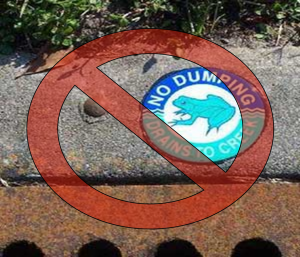- Homepage
- Departments
- Research Safety & Services
- Hazardous Waste Management
- Chemical Waste
- Maintenance Waste
Maintenance Waste
- Pest Management
- Fire Plan Review and Inspection
- Building Codes Enforcement
- ADA Assessment
- Applicable Building Codes
- Building Emergency Coordinators
- Certificate of Completion or Occupancy
- Chartfield Form Codes Permits
- Inspections
- Permit Application Process
- PERMIT APPLICATIONS AND FORMS
- Permit Fee Schedule
- Permit Instructions
- Plan Submittal Guidelines
- Temporary Structures on Campus – Including Tents
- Risk Management Insurance & Liability
- Occupational Medicine
- Industrial Hygiene & Occupational Safety
- Ergonomics
- Drones/UAS
- Boating & Dive Safety
- Report Lab Closeout
- Radiation and Laser Safety
- Hazardous Waste Management
- Gator TRACS
- Chemical and Lab Safety
- Chemical Safety Information
- Standard Operating Procedures
- Signage & Stickers
- Safety Surveys
- Peroxide Forming Compounds
- New Labs, Moving Labs & Closeouts
- Nanoparticles
- Minors and Visitors in the Lab
- Lessons Learned
- Lab Ventilation & Fume Hoods
- Lab Safety Manual
- Lab Safety Awareness Week 2024
- Hydrofluoric Acid
- Greenhouse Safety
- First Aid Kit Info
- Equipment Purchase Approval
- Equipment Decontamination
- Cryogens
- Controlled Substances & Pharmaceutical Products
- Compressed Gas
- Clinic Safety
- Chemical Storage and Management
- Chemical Spills
- Chemical Inventory
- Chemical Hygiene Plan
- Chemical Exposures
- Acids That Deserve Special Attention
- Biological Safety
- Vaccination for Research Personnel
- Shipping and Transport of Biological Materials
- Select Agents
- SARS-CoV-2/COVID-19 Specimen Research
- Research Involving Flying Insects
- Recombinant & Synthetic Nucleic Acids
- Plant Research & Greenhouses
- NIH Guidelines Flowchart
- BloodBorne Pathogen Program
- Biological Spills
- Biohazardous Waste Disposal
- Biohazard Project Registration
- Autoclaves
- Acute Biological Toxins
- Animal Research Safety
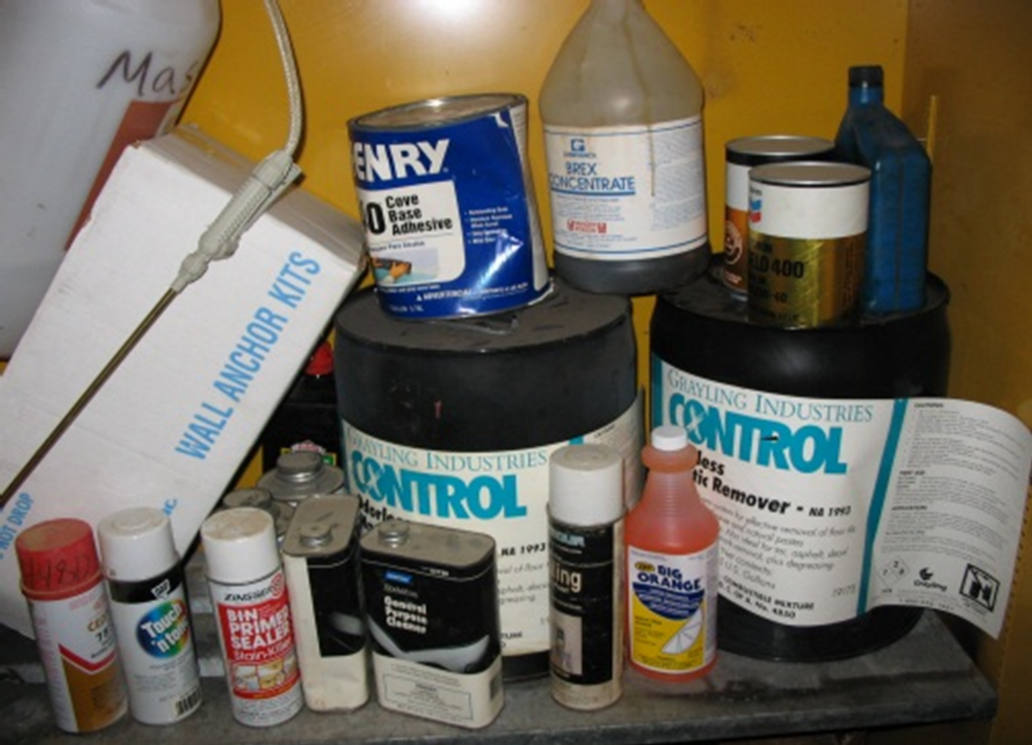 Both the Federal Environmental Protection Agency (EPA) and the Florida Department of Environmental Protection (DEP) have regulations concerning the management of maintenance-related waste materials. The policies presented here on the EH&S website are based on these regulations and will serve as guidance for all of the university’s maintenance and repair shops.
Both the Federal Environmental Protection Agency (EPA) and the Florida Department of Environmental Protection (DEP) have regulations concerning the management of maintenance-related waste materials. The policies presented here on the EH&S website are based on these regulations and will serve as guidance for all of the university’s maintenance and repair shops.
Every shop on campus is subject to unannounced inspections by the EPA and the DEP; non-compliance can result in citations and significant fines. The regulatory requirements covered in these pages will assist shops in identifying their hazardous wastes, properly accumulating hazardous waste in their workplaces, and disposing of these materials through EH&S’ Chemical and Radioactive Waste Disposal group.
New chemical products that shops wish to use should be discussed with EH&S prior to purchase so that EH&S personnel may assist with hazardous waste determinations.



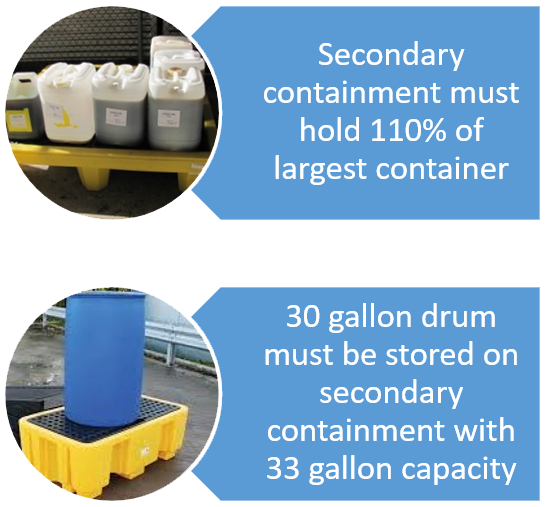
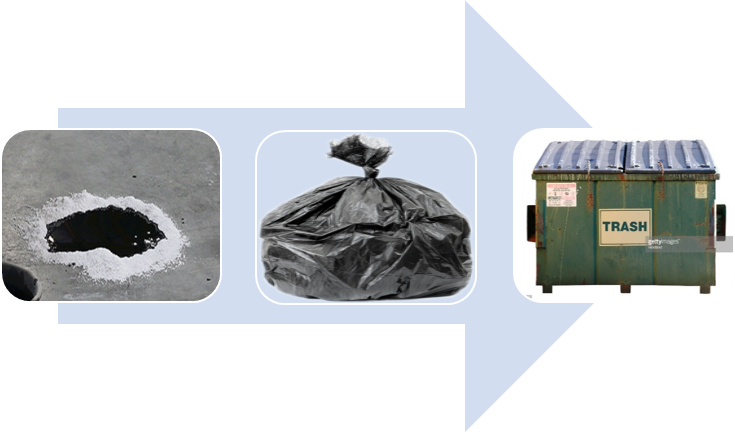 Oily wastes are defined as “those materials which are mixed with used oil and have become separated from that used oil.” This includes absorbent clay “kitty litter” or other absorbent material used in the process of routine maintenance or in cleaning up a spill. Per F.A.C. 62-710 oily wastes may be packaged and disposed of as non-regulated solid waste (regular trash). OILY WASTES MUST NOT CONTAIN FREE LIQUIDS. Free liquids must never be disposed of in regular solid waste.
Oily wastes are defined as “those materials which are mixed with used oil and have become separated from that used oil.” This includes absorbent clay “kitty litter” or other absorbent material used in the process of routine maintenance or in cleaning up a spill. Per F.A.C. 62-710 oily wastes may be packaged and disposed of as non-regulated solid waste (regular trash). OILY WASTES MUST NOT CONTAIN FREE LIQUIDS. Free liquids must never be disposed of in regular solid waste.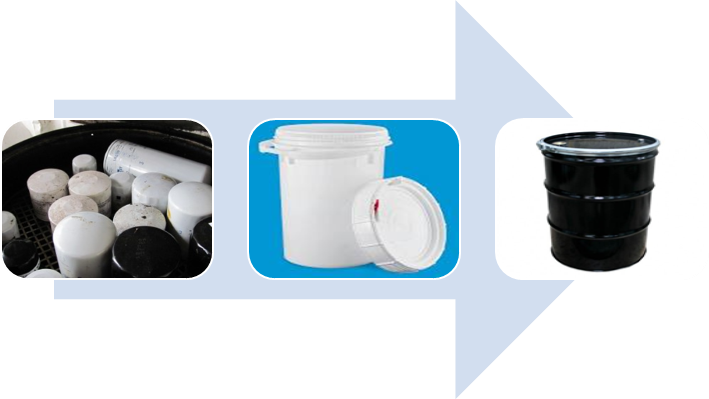
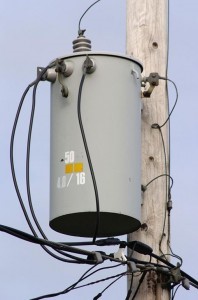 Departments that operate, maintain, remove from service, or dispose of transformers and other oil-filled electrical devices are required to comply with federal and state laws with regard to PCB (Polychlorinated Biphenyl) contamination.
Departments that operate, maintain, remove from service, or dispose of transformers and other oil-filled electrical devices are required to comply with federal and state laws with regard to PCB (Polychlorinated Biphenyl) contamination.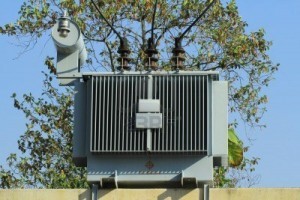 PCB-containing devices must be labeled with the date removed from service; departments have 30 days to dispose of the devices once they are removed from service.
PCB-containing devices must be labeled with the date removed from service; departments have 30 days to dispose of the devices once they are removed from service.


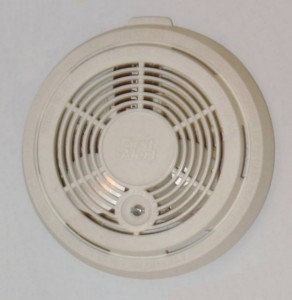 Many smoke detectors contain radioactive materials. A label on the back or side of the detector will alert you to the presence of a radiation source. It is necessary to dispose of radioactive detectors through EH&S’s Chemical and Radioactive Waste Disposal group. The detectors must be intact for disposal.
Many smoke detectors contain radioactive materials. A label on the back or side of the detector will alert you to the presence of a radiation source. It is necessary to dispose of radioactive detectors through EH&S’s Chemical and Radioactive Waste Disposal group. The detectors must be intact for disposal.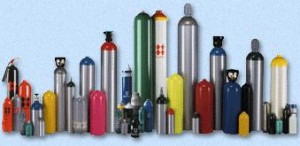 Prior to ordering pressurized gas cylinders for their research projects, Principal Investigators and lab members are directed to contact the manufacturer or cylinder supplier and make arrangements to have the cylinders picked up following use.
Prior to ordering pressurized gas cylinders for their research projects, Principal Investigators and lab members are directed to contact the manufacturer or cylinder supplier and make arrangements to have the cylinders picked up following use.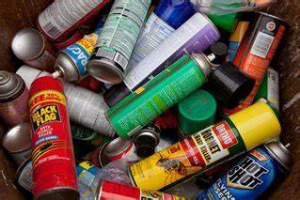 Aerosol cans which are empty of all contents are allowed to be disposed of as “regular” trash by placing in any waste receptacle. If there are contents still in the can, however, the aerosol product should be placed in an appropriate outer container (such as a fiberboard drum) in the lab’s Hazardous Waste Satellite Accumulation Area and disposed of through EH&S.
Aerosol cans which are empty of all contents are allowed to be disposed of as “regular” trash by placing in any waste receptacle. If there are contents still in the can, however, the aerosol product should be placed in an appropriate outer container (such as a fiberboard drum) in the lab’s Hazardous Waste Satellite Accumulation Area and disposed of through EH&S.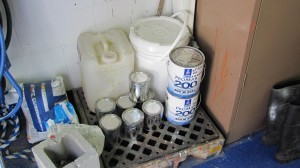 Latex-based paints are not hazardous waste; however, liquid latex paint may not be disposed of in solid waste containers (i.e. dumpsters or trash cans) or in storm drains. Old latex-based paints may be consolidated into larger containers for disposal cost savings. Small quantities remaining in cans may be air dried before disposal.
Latex-based paints are not hazardous waste; however, liquid latex paint may not be disposed of in solid waste containers (i.e. dumpsters or trash cans) or in storm drains. Old latex-based paints may be consolidated into larger containers for disposal cost savings. Small quantities remaining in cans may be air dried before disposal.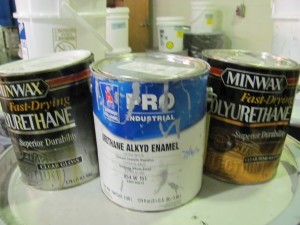 Solvent-based (or “oil based”) paints, enamels, varnishes, sealants, etc. meet the definition of hazardous waste and unused portions must be disposed of by EH&S. Waste mixtures of solvent based paint and paint thinners/solvent must be collected in a closed container, labeled as hazardous waste.
Solvent-based (or “oil based”) paints, enamels, varnishes, sealants, etc. meet the definition of hazardous waste and unused portions must be disposed of by EH&S. Waste mixtures of solvent based paint and paint thinners/solvent must be collected in a closed container, labeled as hazardous waste.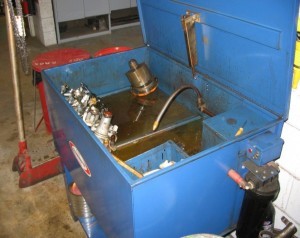 Recycling parts washers use a variety of solvents to clean small parts. The fluid is typically recycled internally and re-used until it is no longer viable. This fluid will likely become contaminated with regulated metals and solvents. Parts washer waste includes the following:
Recycling parts washers use a variety of solvents to clean small parts. The fluid is typically recycled internally and re-used until it is no longer viable. This fluid will likely become contaminated with regulated metals and solvents. Parts washer waste includes the following: